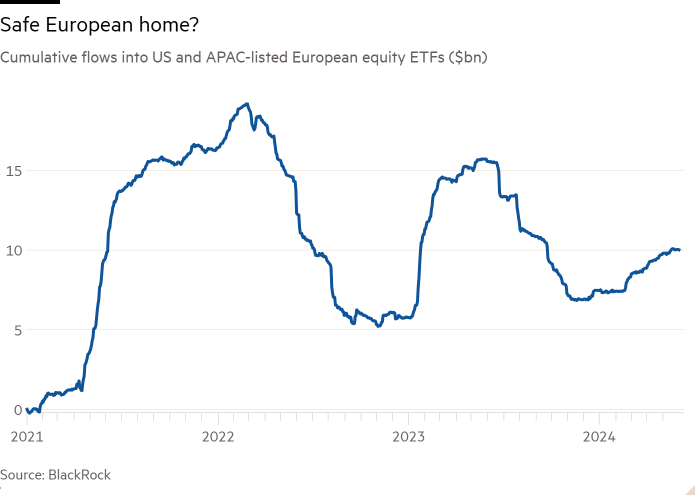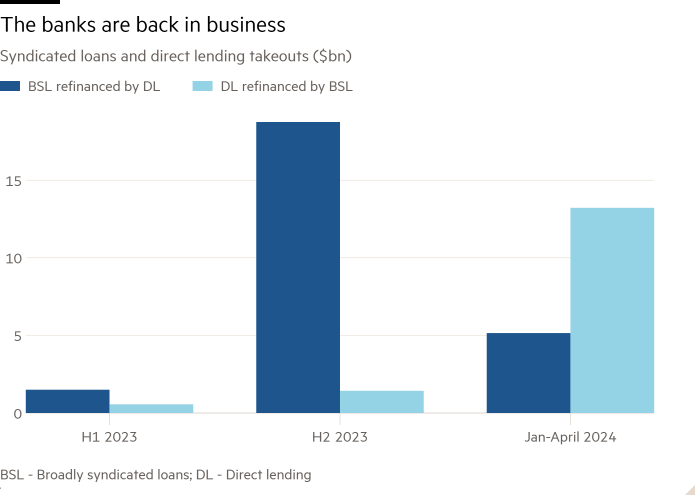Private equity firm TDR Capital is set to become the majority stakeholder in UK supermarket chain Asda, through the acquisition of a 22.5% stake in the business from Zuber Issa, co-founder of EG Group, which ups its holding to 67.5%.
Mohsin Issa retains a 22.5% stake in Asda, while US retail giant and Walmart holds 10%.
The move has drawn criticism from the GMB trade union which has expressed concerns over TDR Capital’s past actions, including cutting millions of working hours and increasing fuel prices at Asda.
The private equity firm, along with Zuber and Mohsin Issa, initially took control of Asda in 2021 in a £6.8m deal, and Managing Partners Gary Lindsay and Tom Mitchell, have responded to the GMB’s criticism by restating their commitment to the company’s long-term success and highlighting “significant progress” made in transforming the supermarket chain.
After agreeing to sell his stake, Zuber Issa has also announced a £228m deal to acquire EG Group’s remaining UK forecourts business. Following completion of that deal, which is expected to be completed in Q3 2024, Zuber will step down as co-CEO of EG Group, with Mohsin Issa continuing as the sole CEO.
Asda is currently searching for a permanent CEO to lead its next phase of growth.




